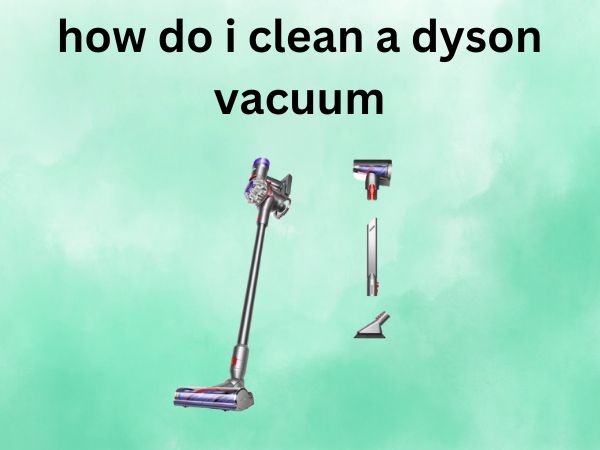How to Draw a Water Bottle [Step by Step for Beginners]
Drawing can be a fun and relaxing hobby, and starting with simple objects is a great way to build your skills. In this guide, let’s dive into the process of drawing a water bottle. Whether you’re a budding artist or just looking to pass the time with a creative endeavor, this step-by-step guide will help you capture the essence of a water bottle on paper.
Table of Contents
Materials Needed
Before you get started, make sure you have the following on hand:
- Pencil (preferably 2B or HB)
- Eraser
- Ruler
- Drawing paper
- Colored pencils or markers (optional)
Step 1: Sketch the Basic Shape
Every masterpiece begins with a simple sketch. Start by drawing a vertical rectangle to represent the general shape of the water bottle. This will be your canvas, so ensure that proportions are roughly similar to the bottle you’re imagining or using as a reference.
Why Start Simple?
Think of it like building a house; without a sturdy foundation, the rest is prone to wobble. Drawing the basic shape gives you the groundwork to build upon.
Step 2: Draw the Neck of the Bottle
Next, focus on the neck of the bottle. Imagine this as the bridge between the body and the cap. Draw two lines extending from the top of your rectangle, narrowing slightly as they go up. Connect them with a curved line, creating a shape similar to an arch.
Step 3: Add Details to the Cap
Caps are often overlooked, but they add great detail and realism. Sketch a circle above the neck, then stack two slightly curved lines on top. This cylinder should resemble the cap. Adding a ribbed texture here can offer a realistic touch.
Step 4: Define the Body Structure
Now that the framework is in place, refine the body of the bottle. Slightly curve the sides to mimic the natural shape of a bottle. Smooth, organic outlines are what we’re aiming for here. If your bottle has distinct features like ridges or curves, illustrate these with subtle lines.
Step 5: Incorporate the Label
A water bottle’s label is a key visual element. Use your ruler to draw parallel horizontal lines across the middle section of the bottle. This placeholder helps you maintain symmetry. Add either text or design elements that make your drawing pop. Be creative!
Step 6: Add Shadows and Highlights
Shadows can make your drawings leap off the page. Identify where the light source would naturally hit the bottle and shade accordingly. Soft, gradual shading can give depth while highlighting areas add dimension. This step turns flat drawings into three-dimensional illustrations.
Step 7: Review and Adjust
Stand back and evaluate your drawing. Does anything look off-balance? Sometimes a fresh perspective helps spot elements needing correction. Use your eraser to gently tweak any parts that seem out of place.
Tips for Beginners
- Stay patient; good art takes time.
- Observe real-life objects closely.
- Practice regularly to improve your skills.
Common Mistakes to Avoid
- Avoid rushing the shading process.
- Beware of disproportionate elements.
- Don’t skip the initial sketch step.
Enhancing Your Drawing
Once you master the basics, try experimenting with different types of bottles—sports bottles, glass bottles, or even vintage designs. Each comes with its unique challenges and adds variety to your artwork.
Conclusion
Learning to draw a water bottle can be an enjoyable and rewarding experience. With each line and curve, you’re honing your observation skills and artistry. Remember, the best way to improve is through practice and persistence. Happy drawing!
FAQs
How do I improve my drawing skills quickly?
Practice consistently, focus on different forms and styles, and seek feedback from others.
What should a beginner artist focus on most?
Understanding basic shapes and proportions will significantly help build a strong foundation.
Is it essential to use a ruler for drawing bottles?
While it’s not essential, a ruler helps ensure symmetry, especially for beginners.
How can I make my drawings more realistic?
Experiment with light and shadow; this brings depth and a three-dimensional feel to your art.
Can I use colors in my drawing?
Absolutely! Adding color can make your bottle drawings vibrant and bring them to life.


